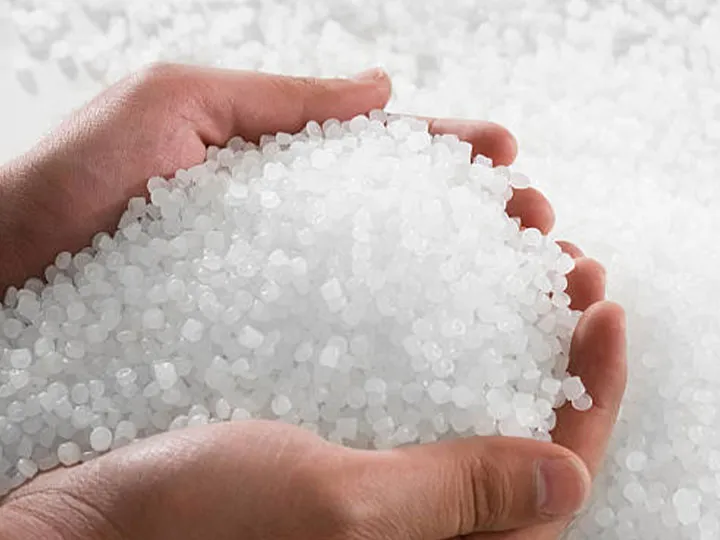Plastics are a material used in a wide range of industries, but their waste management has been a global environmental issue. To reduce the environmental impact of plastic waste, plastic extrusion has emerged as an effective recycling and reuse method. So what plastics can be extruded? Can any plastic material be extruded?
Types of plastic extrusion materials
- Polyethylene (PE): Polyethylene is a common type of plastic that is classified into low-density polyethylene (LDPE) and high-density polyethylene (HDPE). They have different physical properties and can be used for different applications. For example, HDPE is suitable for the manufacture of bottles and containers.
- Polypropylene (PP): Polypropylene is another common plastic used in the manufacture of food packaging, fibers, and car parts, among others.
- Polyvinyl Chloride (PVC): PVC is commonly used for wire insulation, plumbing, and building materials. It is available in both rigid and soft variants as per the need.
- Polystyrene (PS): PS is widely used in the manufacture of foam cups, food containers and packaging for electronics.
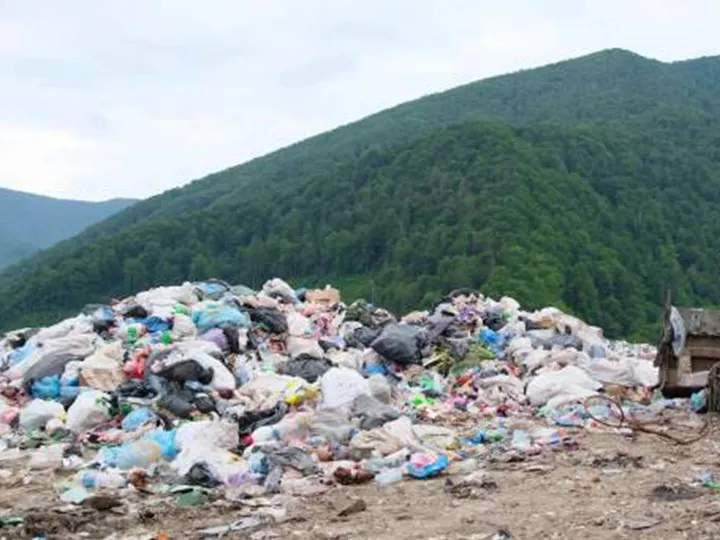
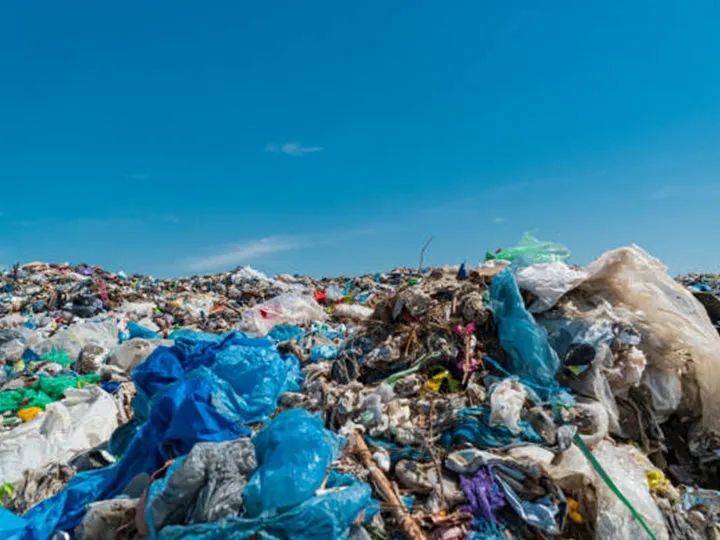
Common plastic extrusion materials
All extruded plastics can be reinforced with reinforcements, fillers and additives to achieve the desired material properties and reduce costs.
- Reinforcements are a common modification that is added to plastics to increase their strength, stiffness and wear resistance. These reinforcements are usually fibrous, such as glass, carbon or aramid fibers, which can form a mesh structure in the plastic, increasing the mechanical properties of the material.
- Fillers are another common modification, and they are used to increase the volume of the plastic, thereby reducing raw material costs. Common fillers include powdered materials such as silica fume, calcium carbonate or ceramic particles. The addition of fillers can alter the density and flow of the plastic and provide better abrasion resistance and thermal conductivity in some applications.
- Additives are another way used to improve the performance of plastics, they can adjust the properties of the material, such as oxidation resistance, weathering resistance, flame retardancy, etc. Additives can be stabilizers, pigments, antioxidants, or other chemicals that can be precisely formulated to suit the desired properties.
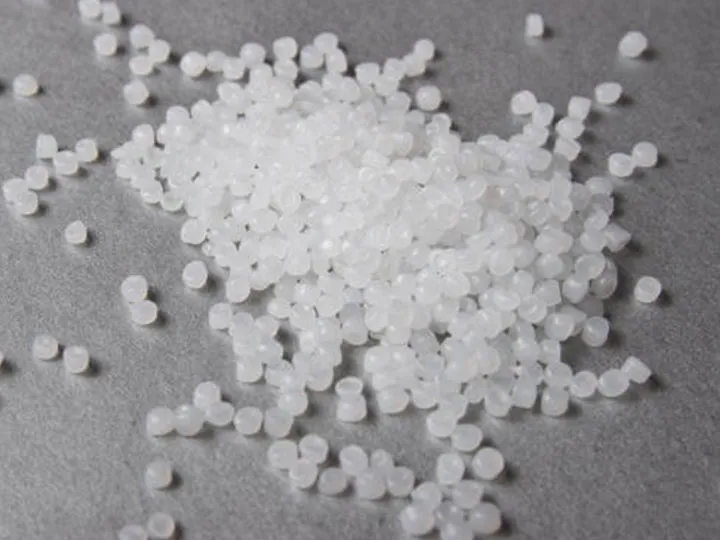
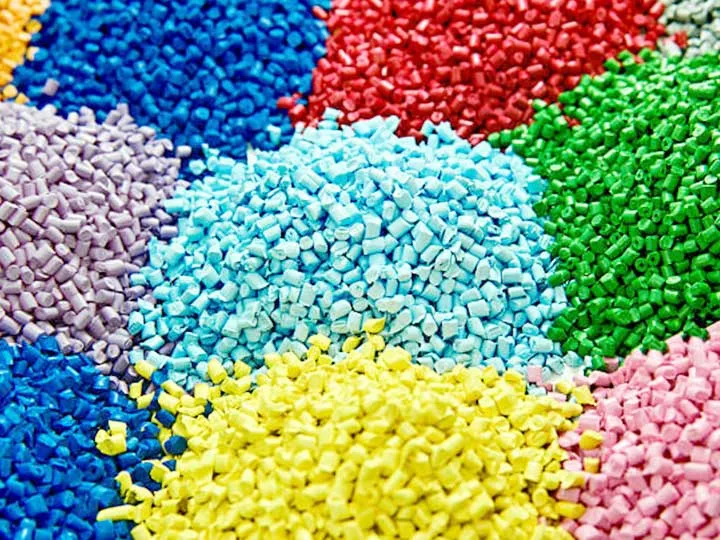
How to choose plastic extrusion materials
Choosing the right plastic extrusion material is crucial as different plastics have different properties and characteristics. Here are some key points to consider when selecting a plastic extrusion material:
- Application requirements: First, determine your application requirements. Consider factors such as the material’s strength, chemical resistance, and temperature stability.
- Recyclability: If you are concerned about the environment, choose plastics that are recyclable, such as PET. This helps to reduce waste and resource wastage.
- Cost considerations: Different types of plastics have different prices. Choose the right plastic according to your budget. If interested in plastic pelletizer machine price, welcome to leave a message through the website or contact us directly, our professional sales manager will inform you of the details of the plastic pelletizing machine.
- Process requirements: Consider how difficult it is to process the plastic and the equipment required. Some plastics may require special equipment and processes.
How plastic is extruded
- Collection and preparation: Waste plastic products are collected and subjected to initial processing, such as removing contaminants and impurities.
- Cutting and shredding: Plastic products are cut into small pieces or powder for further processing.
- Extrusion: The cut plastic is heated and compressed by means of plastic extruder machine to make a homogeneous melt with good plasticity.
- Pelletizing: The melt is cooled through a mold and cut into pellets to form the final plastic granules.
- Packaging and storage: The plastic pellets are packaged and stored for future use.
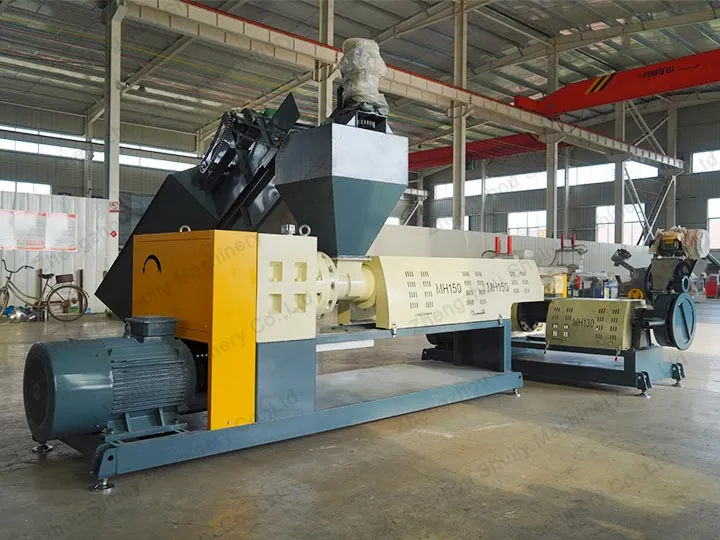
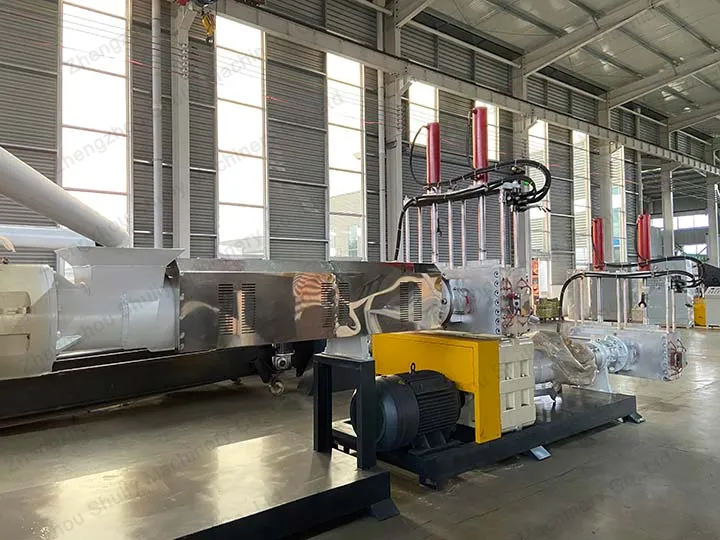
Choosing the right plastic extrusion materials is critical to achieving sustainable waste plastics management. Different types of plastics are suitable for different applications, so careful consideration must be given when selecting materials. With the right process, waste plastics can be reused, reducing the impact on the environment and contributing to sustainable development. Plastic extrusion materials play an important role in the plastic pelletizing process and their selection and handling will have a direct impact on the quality and sustainability of the final product.
